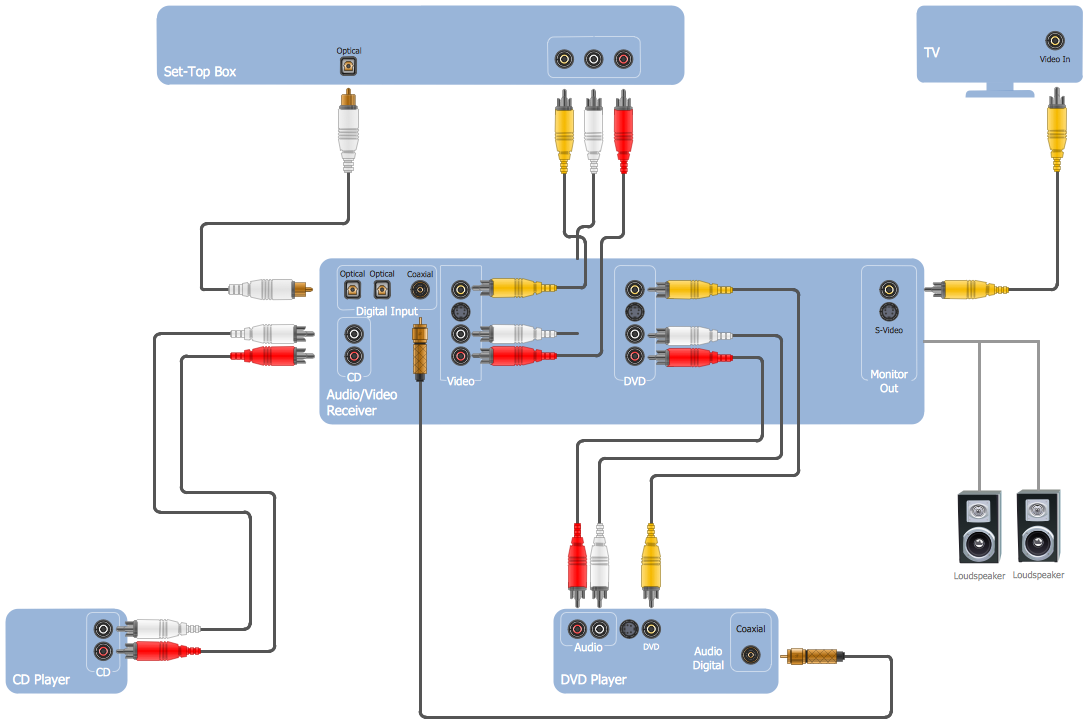Revolutionizing Broadcasting with Innovative Audio via IP Technologies toward a Connected Tomorrow
The realm of media is undergoing a significant shift due to innovative sound over IP (AoIP) solutions. Such advancements are changing the way audio content is produced, delivered, and consumed. Audio over IP is defined as the method of transmitting audio signals over a computer system, using Internet Protocol (IP) instead of conventional analog methods. This change not only improves the standard of audio transmission but also offers media professionals with greater freedom and control over their content.A single major advantage of audio over IP technology is its capability to connect various devices and technologies efficiently. Traditional broadcasting frequently relied on complex cabling and physical links, which could be cumbersome and limited. With AoIP, broadcasters can easily interface mics, mixers, and other devices through a common infrastructure. This integration allows for off-site broadcasting and live streaming from almost any location, making it simpler to reach listeners across the globe. As a consequence, broadcasters can react quickly to ongoing events and listener demands, leading to more vibrant and engaging programs.
Additionally, AoIP technology supports high-quality audio standards that improve the listening experience. Unlike traditional broadcasting methods, which may diminish sound quality, audio over IP can maintain the purity of the audio stream during the delivery procedure. This implies that listeners can experience crisper and richer sound, regardless of whether they are tuning in via radio, broadcasting over the internet, digital signage solutions or using mobile devices. The ability to deliver high-fidelity audio is particularly crucial for musical and discussion programs, where each nuance matters to the listeners.
Additionally, the implementation of audio over IP technologies can lead to cost savings for broadcasters. By using existing network systems, companies can remove the need for costly hardware and large-scale cabling. This not only lowers initial costs but also decreases operational costs over time. Media firms can distribute resources more effectively, focusing on production and human resources development. As a result, the entire broadcasting industry can benefit from increased innovation and creativity, as funds are redirected toward improving programming and engaging with listeners.
In summary, the transition towards audio over IP systems is transforming the broadcasting landscape. By enabling seamless connections, enhancing audio quality, and reducing costs, AoIP is paving the way for a more connected future in media. As broadcasters continue to adapt to these changes, they will be better equipped to meet the needs of their audiences, create compelling programs, and stay competitive in an constantly changing industry. The prospects of broadcasting is promising, and audio over IP will take a crucial role in shaping how we experience audio programming in the future to follow.
